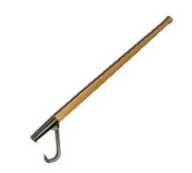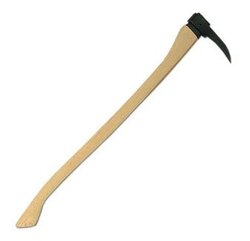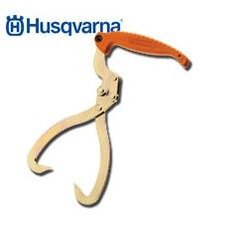Please forgive me if this has been addressed before. I ran a search on it and didn't find what I was hoping to.
Does this "running hot" term mean keeping the air controller wide open or controlled burning at a high temperature. If at a high temperature give me a ballpark idea (i.e., 800+ F). I can't measure pipe temps with our insert (see avatar) and have a Condar digital catalyst probe.
Also, is 350 F internal temperature hot enough to close the bypass/flue when starting from a cold stove or not.
Thanks.
Does this "running hot" term mean keeping the air controller wide open or controlled burning at a high temperature. If at a high temperature give me a ballpark idea (i.e., 800+ F). I can't measure pipe temps with our insert (see avatar) and have a Condar digital catalyst probe.
Also, is 350 F internal temperature hot enough to close the bypass/flue when starting from a cold stove or not.
Thanks.




